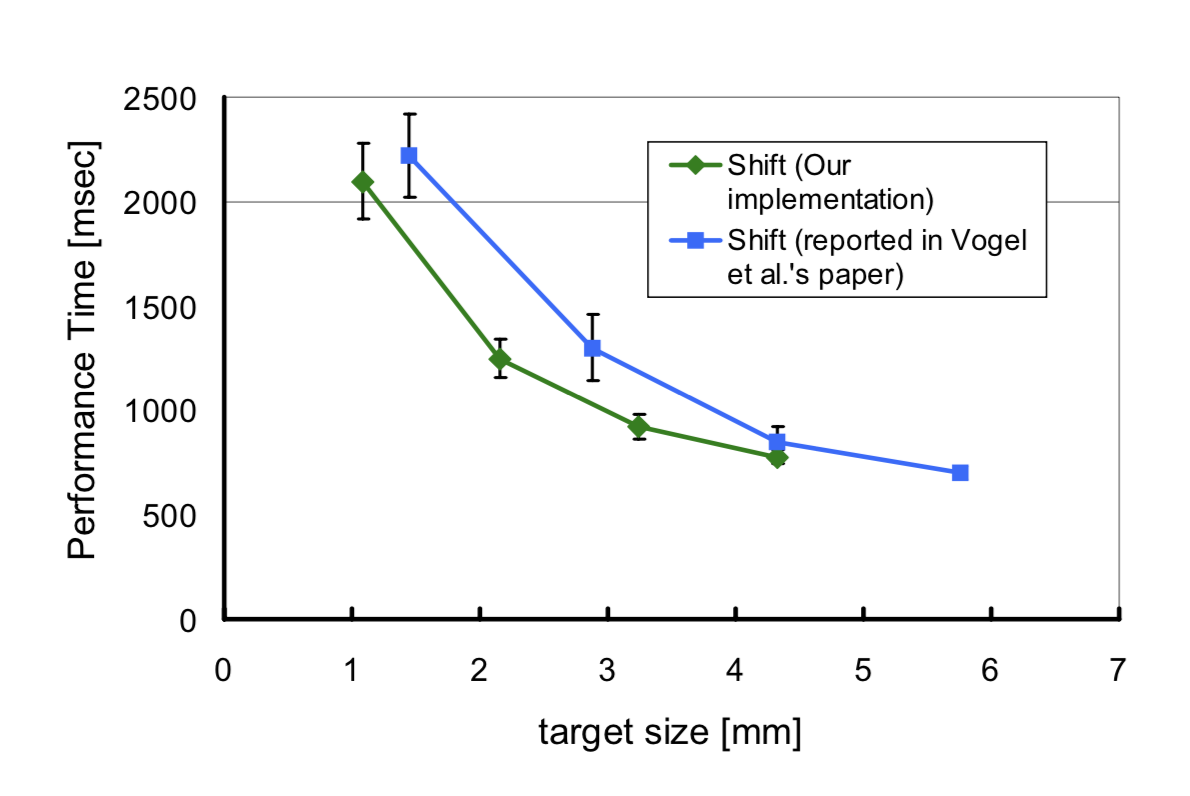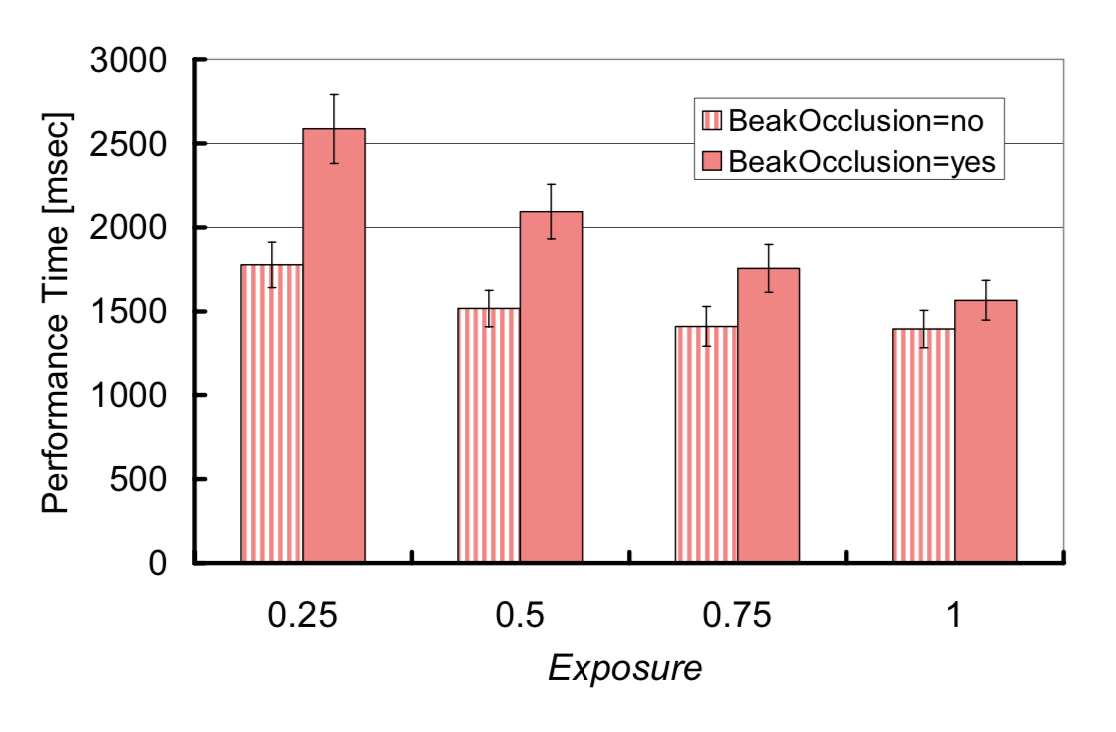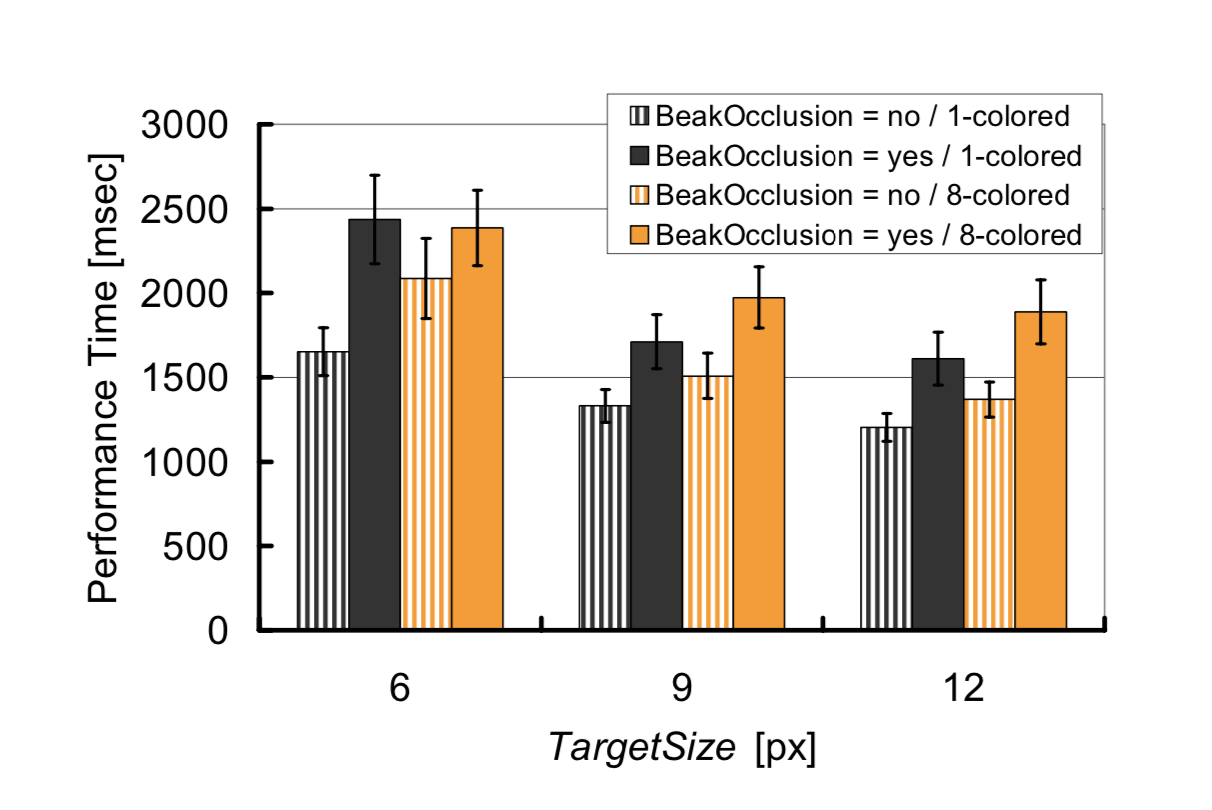Escape
Validation level: 5. CHI, UIST, CSCW and TOCHI paper publication
Escape is a gestural technique for selecting occluded items in crowded maps. This technique is meant for touchable screens of limited size. Each item is represented by a dot with a beak pointing to a cardinal direction (South, West, North, East, South-West, South-East, North-West or North-East). For selecting the item, the user will touch the item and drag the finger to the direction indicated in order to select it.
Publications
Also featured in
Storyboard of Functions

The user clicks on the item that wants to select. As it is a crowded map, there are more items in the same place.

The user drags the finger to the East to select a certain item, that has the beak at the right.

When the user ends the gesture, the item is selected.
Evaluation

Evaluation

Evaluation

Evaluation

Evaluation

Highlights:
Selection of occluded objects in crowded maps with a simple touch gesture. What differentiates this technique to other ones already proposed, as the Shift technique of Vogel listed in the Related Work section, is the improved time performance.
Limitations:
- As the technique needs most of the screen for the target selection, there is less space in the screen for implementing other functions.
- It allows less number of items on-screen that other proposed techniques, as Shift technique.
- The items around the borders of the screen have fewer options for the directions than the ones in the middle of the screen.